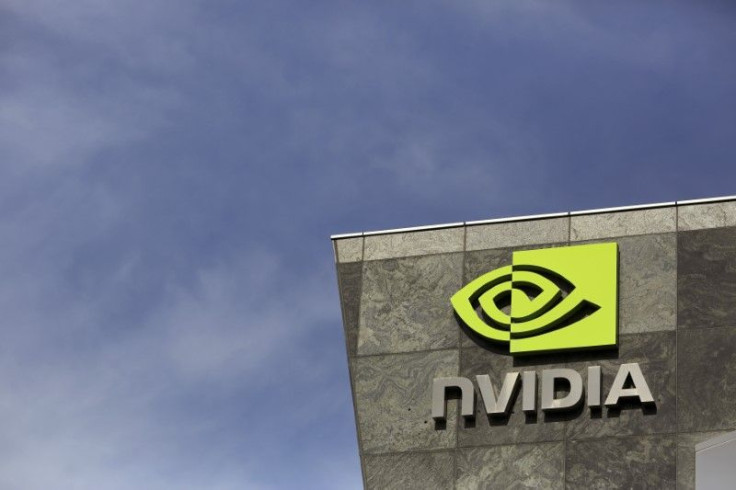NVIDIA Takes The Road Less Traveled In Cloud Gaming

There's been lots of buzz about companies building the "Netflix of games" with new cloud gaming platforms, which run games on servers and stream the gameplay back to players across a wide variety of devices.
Sony's (NYSE:SNE) PS Now, the first mover in this next-gen market, streams over 750 PS2, PS3, and PS4 games to PS4 consoles and PCs. Alphabet's (NASDAQ:GOOG) (NASDAQ:GOOGL) Google Stadia, which launches later this year, will stream games on Chromecast Ultra dongles, Pixel 3 phones, Chrome OS devices, and Chrome browsers on PCs. Microsoft (NASDAQ:MSFT) is also developing a similar service, called xCloud.
Yet one tech giant is often left out of those discussions: NVIDIA (NASDAQ:NVDA), the world's top maker of gaming GPUs. NVIDIA started developing cloud gaming services six years ago, but its current service for PCs and Macs only entered a beta test in late 2017. NVIDIA also doesn't aspire to become the "Netflix of games" like Sony, Google, and Microsoft -- instead, it's taking the road less traveled by only letting gamers stream the titles they own.
Understanding NVIDIA's cloud gaming plan
Back in 2013, NVIDIA launched a beta version of its GRID cloud gaming service for its Shield gaming devices. It was rebranded as GeForce Now in 2015 and provided unlimited access to a library of games for a monthly fee. Certain games could also be purchased individually.
In 2017, NVIDIA launched a separate GeForce Now service for PCs and Macs. This platform let gamers install games they owned onto NVIDIA's remote servers. NVIDIA initially planned to monetize the platform by charging gamers per-minute rental fees, but its beta has been running for free since late 2017.
Earlier this year, NVIDIA claimed that 300,000 users were playing games "regularly" on GeForce Now, and that over a million gamers were still on its waiting list. At the GPU Technology Conference earlier this year, CEO Jensen Huang stated that there were 200 million GeForce gamers worldwide, but "another billion PC gamers" don't have the hardware to "play games at the level that they should."
To expand the platform's reach, NVIDIA established the GeForce Now Alliance, a consortium of telcos that agreed to deploy optimized RTX-powered servers to stream GeForce Now titles. Huang also emphasized that GeForce Now doesn't aim to become the "Netflix of games" and that its business model of lets developers "keep all of their economics" by restricting gamers to the titles they purchased.
But will NVIDIA's business model actually work?
Huang's GeForce Now strategy makes sense in theory. Gamers on low-end PCs, who don't want to upgrade their entire systems, might be willing to buy a game and rent game time on NVIDIA's servers. They also wouldn't need to configure the hardware, and performance wouldn't be an issue if they had adequate bandwidth.
But in practice, it could easily fall apart. Before the free beta test, NVIDIA stated that each minute would cost two credits on a GTX 1060 system and four credits on the GTX 1080 system. Those specs were upgraded after the beta launch.
Each gamer would be initially given 1,000 free credits, which equals over eight hours of playtime on the mid-range platform and four hours on the high-end one. Additional bundles of 2,500 credits would be sold for $25. In other words, renting the time to finish a 40-hour PC game on GeForce Now could cost nearly as much as the game itself.
That time-constrained setup is arguably inferior to PS Now's flat monthly rate. It also seems doomed to fail against Google Stadia. Stadia gives subscribers unlimited access to a library of games and plans to let gamers buy individual games and stream them for free at 1080p on its Stadia Base service next year -- which renders GeForce Now's strategy obsolete.
Low-end PC gamers could also simply opt to buy a gaming console instead. The PS5 and Xbox Scarlett are both expected to launch at about $400 -- which costs much less than a gaming PC.
But nothing's final yet
NVIDIA might replace GeForce Now's credit system with monthly subscriptions when it finally arrives, but it still wouldn't match Stadia Base's offer of free 1080p streaming for purchased games. The smart move would be to bundle unlimited cloud access to other, non-owned games, but that wouldn't contradict NVIDIA's stated goals.
The cloud gaming market is still in its infancy, and it's too early to say if NVIDIA will succeed. However, the chipmaker is clearly taking the road less traveled -- and it could backfire if it ignores industry trends and the ongoing push to create the "Netflix of games."
This article originally appeared in the Motley Fool.
Leo Sun has no position in any of the stocks mentioned. The Motley Fool owns shares of and recommends Alphabet (A shares), Alphabet (C shares), Microsoft, Netflix, and NVIDIA. The Motley Fool has a disclosure policy.





















